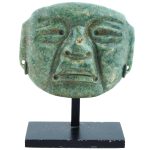Funerary Urn from Oaxaca, Mexico
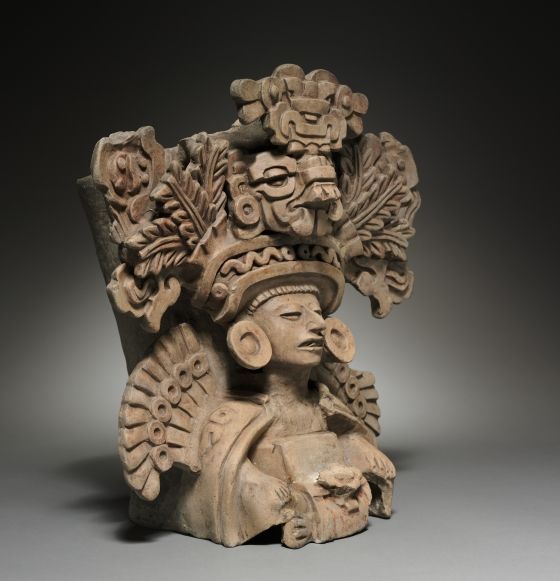
The Funerary Urn from Oaxaca, Mexico is a magnificent example of Zapotec ceremonial art, created between 350–500 AD. This striking terracotta urn, now housed in the Cleveland Museum of Art, was used in funerary rituals to honor ancestors and deities.
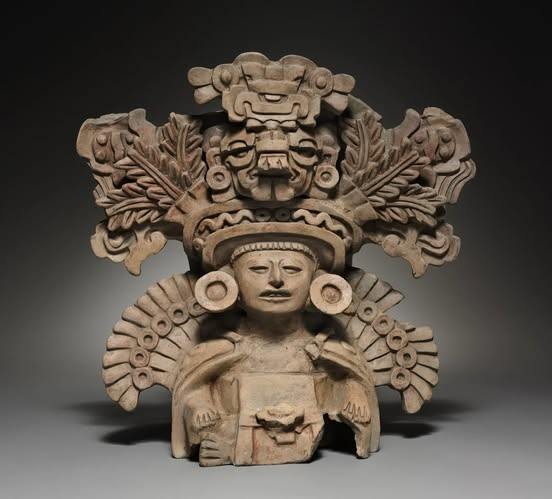
The figure likely represents a Zapotec god or priest, distinguished by elaborate headdress elements featuring sacred symbols and stylized motifs of maize, feathers, and jaguar imagery—common markers of divine authority and fertility.
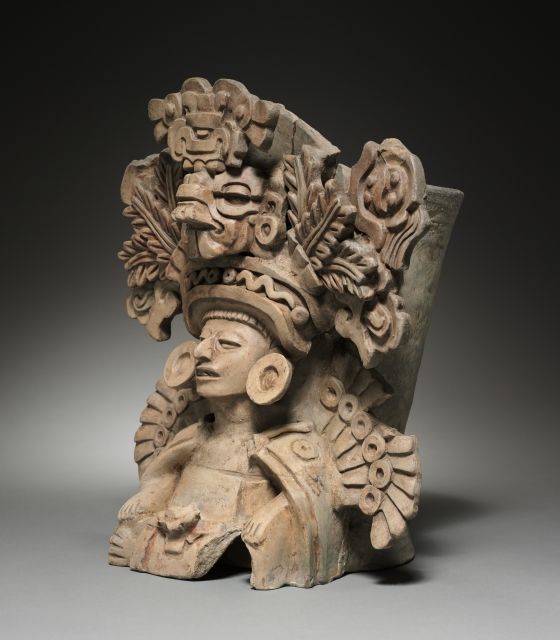
Crafted with exceptional detail, the urn reflects the Zapotecs’ sophisticated ceramic traditions and their belief in the close connection between the living and the dead.
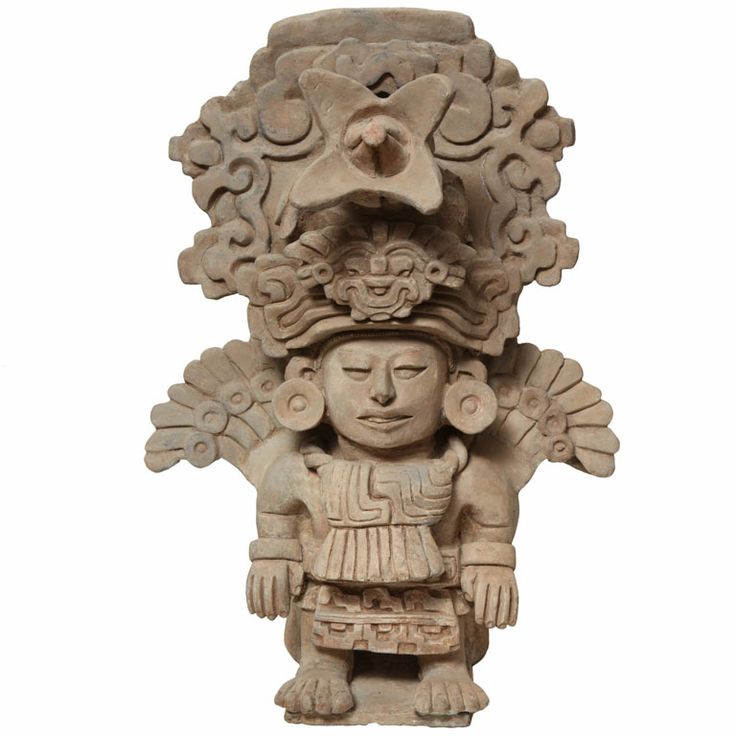
Such urns were typically placed in tombs within Monte Albán and other Zapotec ceremonial centers, serving as spiritual guardians for the deceased and ensuring safe passage to the afterlife. This piece stands as a powerful testament to the artistic mastery and profound religious worldview of ancient Oaxaca’s Zapotec civilization.






